
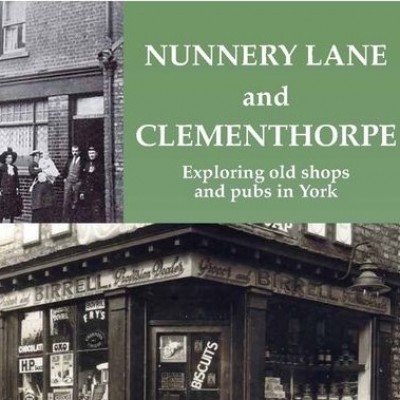


View navigation
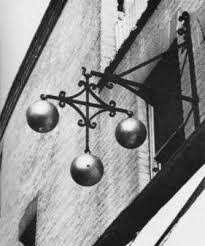 Bertie Sibley Vowles made an appeal against conscription to the North Yorkshire Appeal Tribunal on 15 July 1916. His solicitor, George Crombie, stated that Bertie’s occupations as pawnbroker’s manager could not be easily replaced. He described his profession as the ‘poor man’s banker’. If he were to be called up, the business could not just close down, as it was stated in law that the possessions do not belong to the business and must be available to be redeemed by the owner for one year and seven days. Bertie Vowles was allowed exemption from military service until 1 Nov 1916.
Bertie Sibley Vowles made an appeal against conscription to the North Yorkshire Appeal Tribunal on 15 July 1916. His solicitor, George Crombie, stated that Bertie’s occupations as pawnbroker’s manager could not be easily replaced. He described his profession as the ‘poor man’s banker’. If he were to be called up, the business could not just close down, as it was stated in law that the possessions do not belong to the business and must be available to be redeemed by the owner for one year and seven days. Bertie Vowles was allowed exemption from military service until 1 Nov 1916.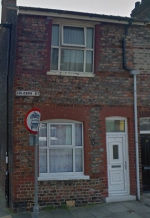 1 Colenso St
1 Colenso St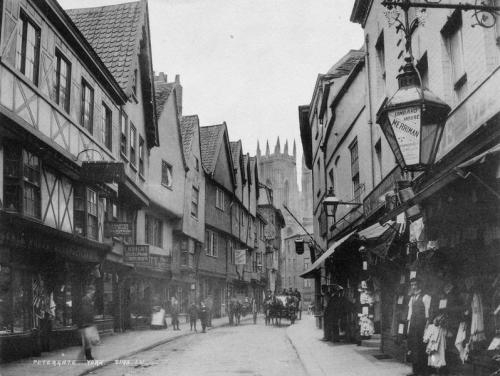 Low Petergate
Low Petergate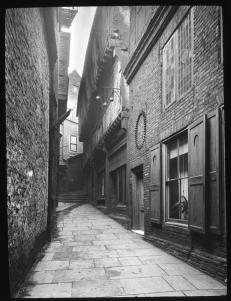 Lady Peckitt's Yard
Lady Peckitt's Yard